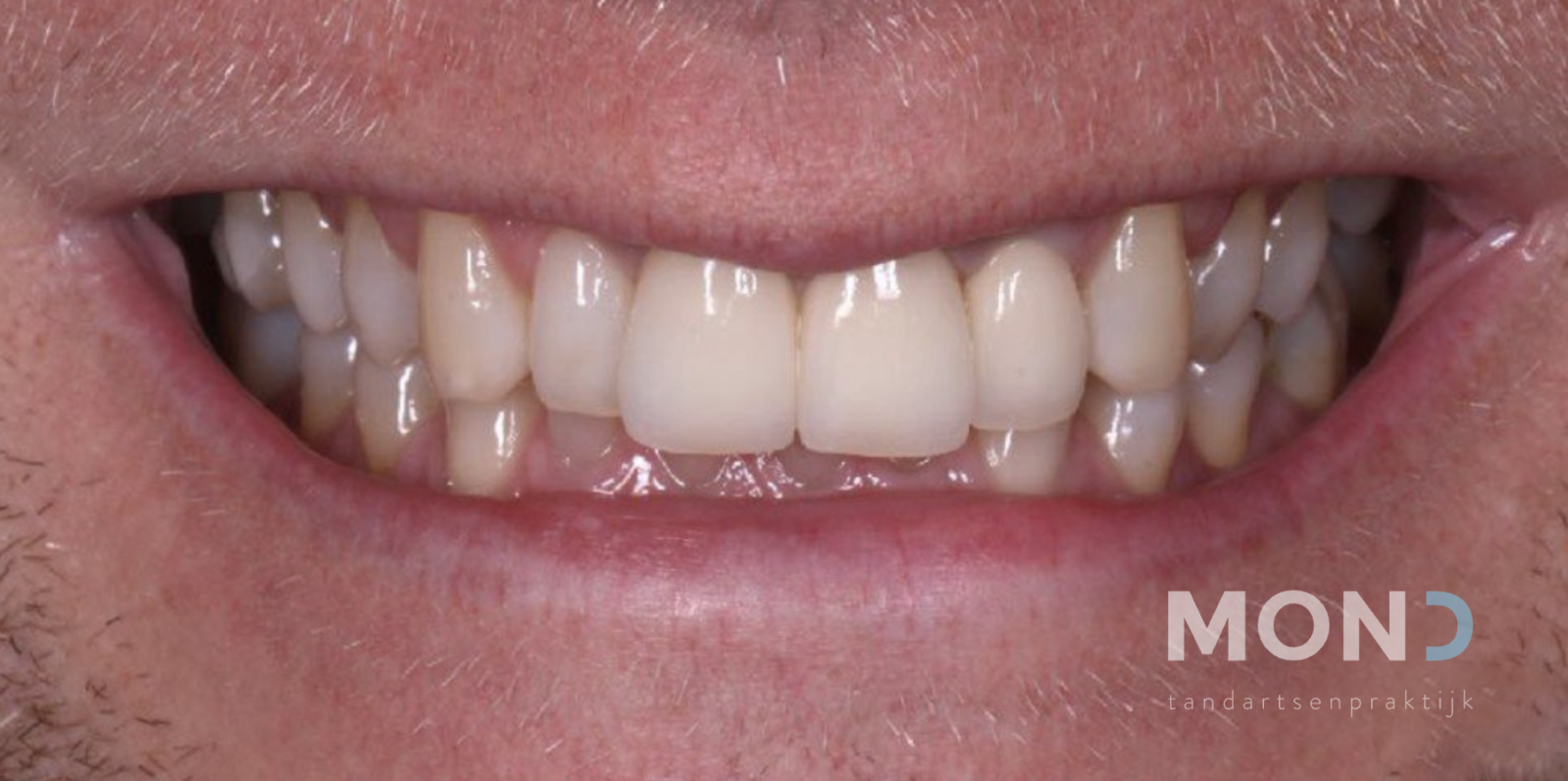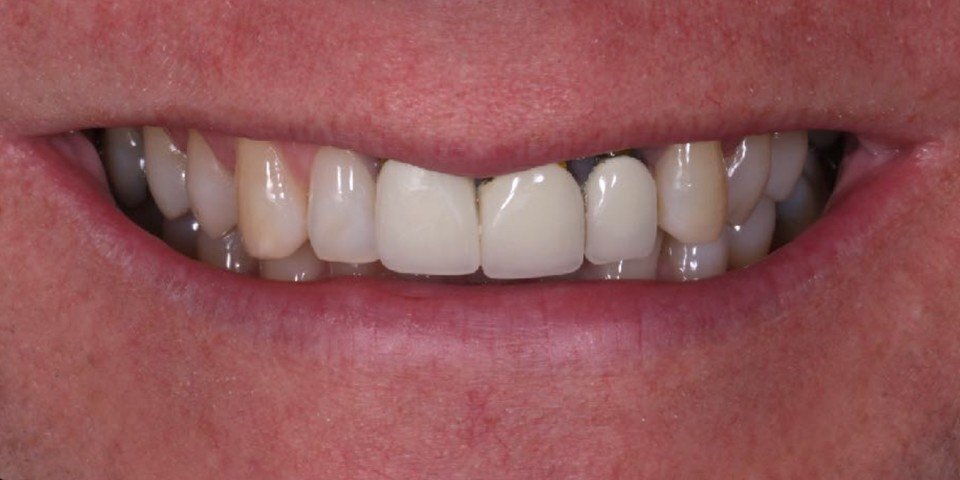Mucogingival surgery for cosmetic reasons
Cosmetic mucogingival surgery (also known as aesthetic mucogingival surgery) is a branch of periodontology and refers to a range of fine surgical procedures performed on the gums. These procedures are often necessary for aesthetic reasons, but can also help you to avoid future problems derived from biological factors.
Types of mucogingival surgery
Different forms of this type of surgery are available and they can differ greatly from each other, although they all achieve the same goal.
- Gingivectomy
This is a gum treatment where the periodontist will remove excess gum tissue because it is not aesthetically pleasing. Here is an example of a “gummy smile”. This means that the patient shows too much gum in proportion to the length of the teeth. This may be because the teeth did not fully settle down when they broke through, or the gums did not continue to rise. In other words, there is still tooth enamel hidden under the gums.
This is a very simple procedure under very localised anaesthetic and it causes minimal inconvenience to the patient. This treatment may also be needed after an orthodontic treatment where the gums have moved or become swollen in a problematic way.
Good oral hygiene is crucial to encourage proper healing and perfect results. All of this will be looked at in advance by your dentist or periodontist.
- Clinical crown lengthening
Sometimes you might not only have too much gum tissue, but also too much jawbone. In this case, the periodontist will remove not only the gums, but also small sections of the underlying jawbone so that the gums do not grow back. In other words, the dental crown is made clinically longer. This procedure may be required so that crown and bridge work, or veneer procedures, ultimately look better. It can also be used if the dentist needs to perform deep fillings at the back of the mouth in areas that are otherwise inaccessible to the dentist.
These treatments are performed under local anaesthetic and are of minimal inconvenience to the patient. In fact, the patient can go to work the same day and will usually return 1 to 2 weeks later for removal of the very fine threads and for the results to be evaluated. After the procedure, patients are given a special toothbrush and instructions on how to take good care of their teeth on an ongoing basis.
- Gum grafts
When a tooth root is removed, the bone will shrink and, consequently, so will the gums. This can cause aesthetic issues since a dent is created in the gums, which may create a grey shadow. To correct this problem, the periodontist may perform a gum graft.
With this treatment, a piece of the patient's own connective tissue at the back of the mouth (donor site) is removed and then inserted under the gums in the problem area (receptor site). Think of it like a form of gum transplant. This piece of connective tissue is fixed with very fine wires so that it cannot move and new blood vessels can grow into it, causing the gums to thicken and remain thicker in the surrounding area. This works involves very demanding techniques and therefore requires dental expertise and the cooperation of the patient.
Smoking is a big risk factor, as it greatly affects blood flow. The patient will mainly experience sensitivity at the donor site (at the back of the mouth), the extent to which will depend on the amount of gum tissue that is removed; for this reason, the patient should avoid eating hard foods in this area for 1 to 2 weeks.
- Gum recession coverage
Gum recession can both cause aesthetic issues (the yellow root is visible) and can be painful as a result of very small openings in the root that connects to the dental pulp. An exposed root due to receding gums is called a recession. Although some dental practitioners will cover it over with filling material, the most biological and ideal solution is to cover this root with new gums. This is achieved through a recession coverage procedure.
With this type of treatment, the periodontist will use very delicate instruments to loosen the gums around the root, then place a piece of connective tissue from another area of the mouth over the exposed root. Afterwards, the periodontist pulls the existing gum over the root and connective tissue to fix it in its new place using very fine wires. The site must then be allowed to become firm over the course of 1 to 2 weeks after which the exposed root is once again covered with gums as if nothing had happened.
Before starting this treatment, the periodontist will first examine the cause of the gum recession and possibly make changes to the patient’s brushing technique to avoid these problems in the future. Proper patient cooperation and compliance with instructions are essential for a good final result.
- Bone graft
When a tooth has been lost a long time ago, or needs to be removed due to an extensive infection that has affected the jawbone, a bone defect may develop after healing. Once healing has taken place, this can be seen as a deep dent in the gums. It may not be aesthetically pleasing, or could even be so extensive that there is insufficient bone available for an implant if the patient wants the tooth to be replaced. To resolve this, the periodontist or oral surgeon may perform a bone graft. As part of the treatment, an artificial bone or your own bone and membranes are used to fill the defect, after which a period of 6 months is required for the artificial bone to become integrated into a full, mature bone that could house an implant.
The specialist may sometimes suggest placing artificial bone immediately after removal of a tooth in order to prevent the development of a bone defect.
Recover you smile
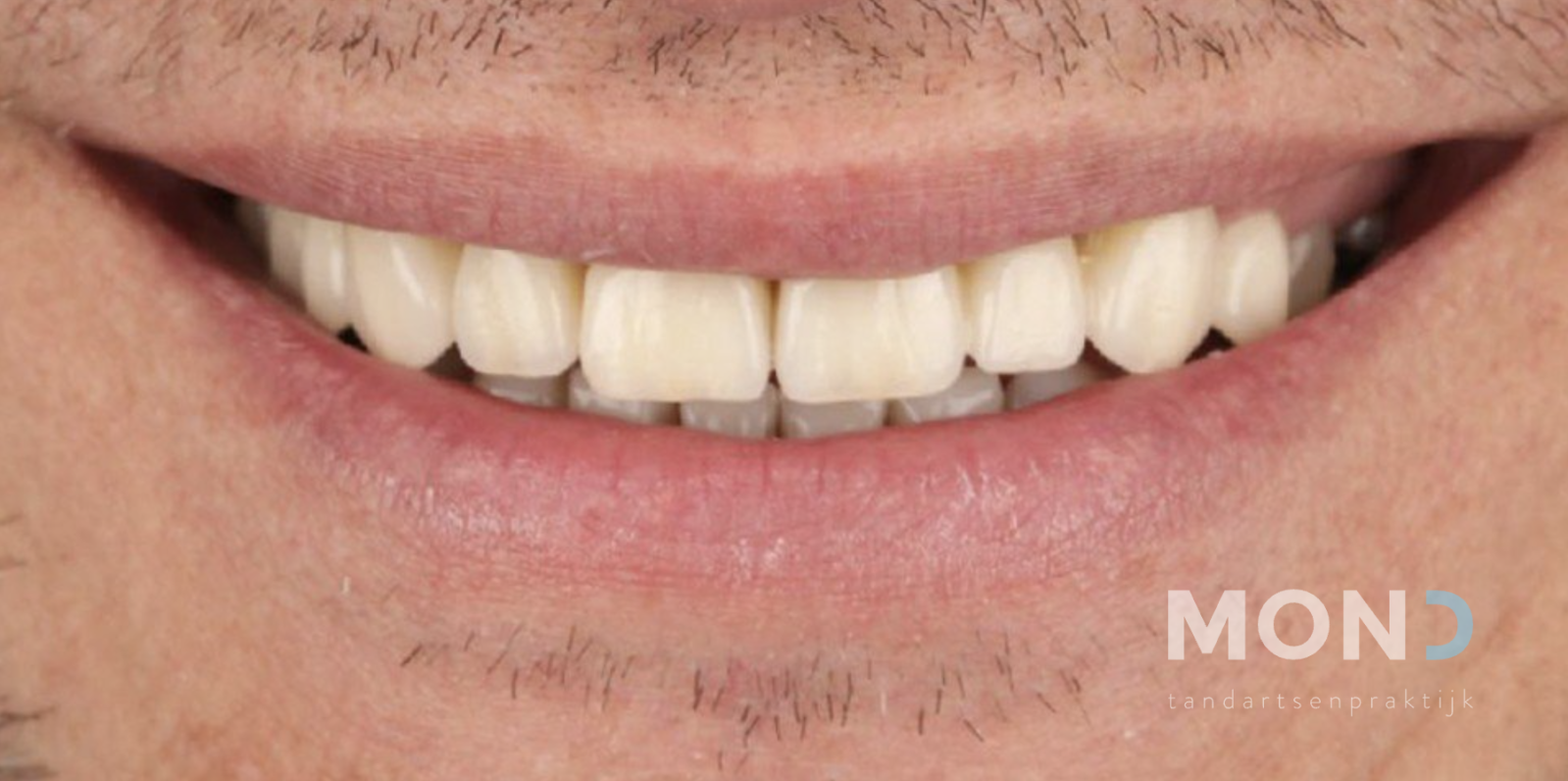
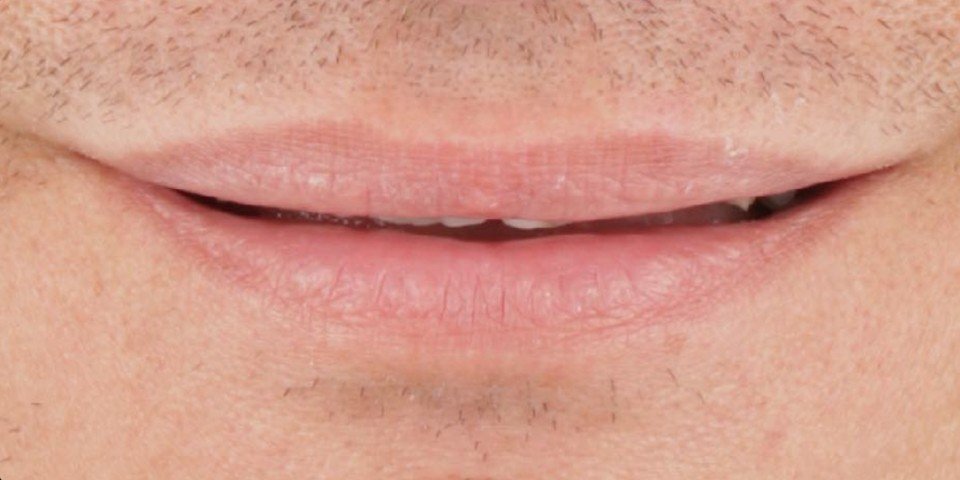
Porcelain bridgework for bite restoration
Discover this smile | Porcelain bridgework for bite restoration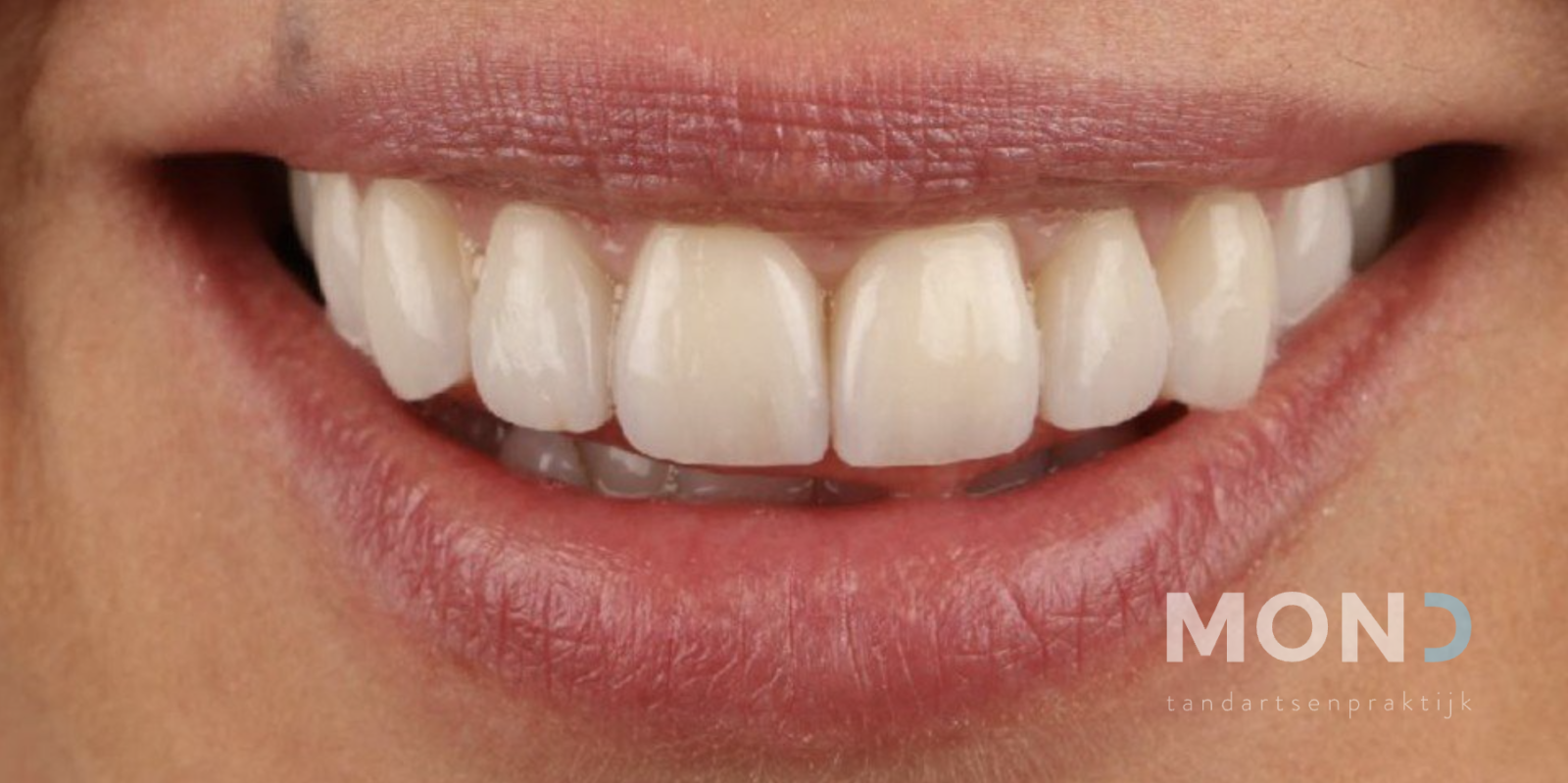
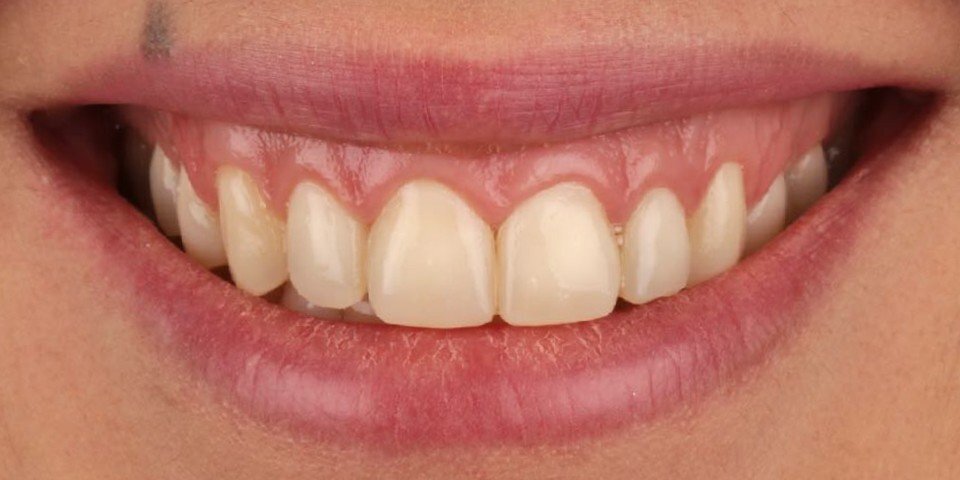
Replacing old composite veneers with porcelain
Discover this smile | Replacing old composite veneers with porcelainIs a mucogingival surgery for cosmetic reasons something you’re interested in?
Check out the practices that offer mucogingival surgery for cosmetic reasons below:
MOND Groen Kwartier
Pater Pirestraat 50,
2018 Antwerpen
MOND Paro Plus
Louis Marcelisstraat 25a,
1970 Wezembeek-Oppem

